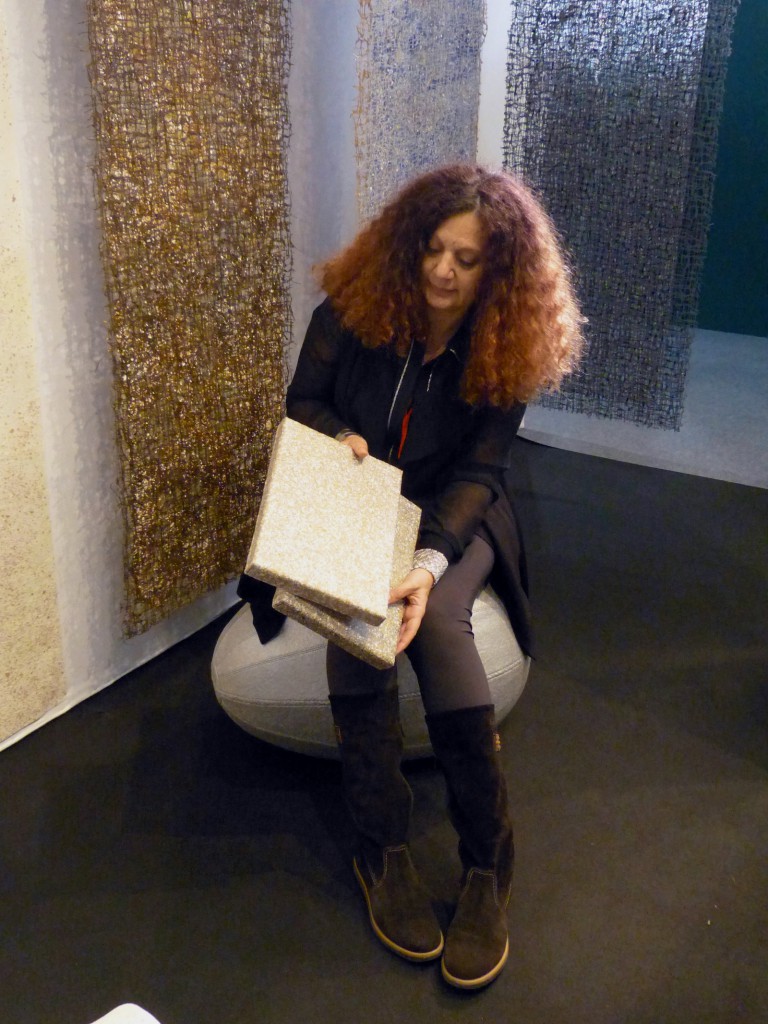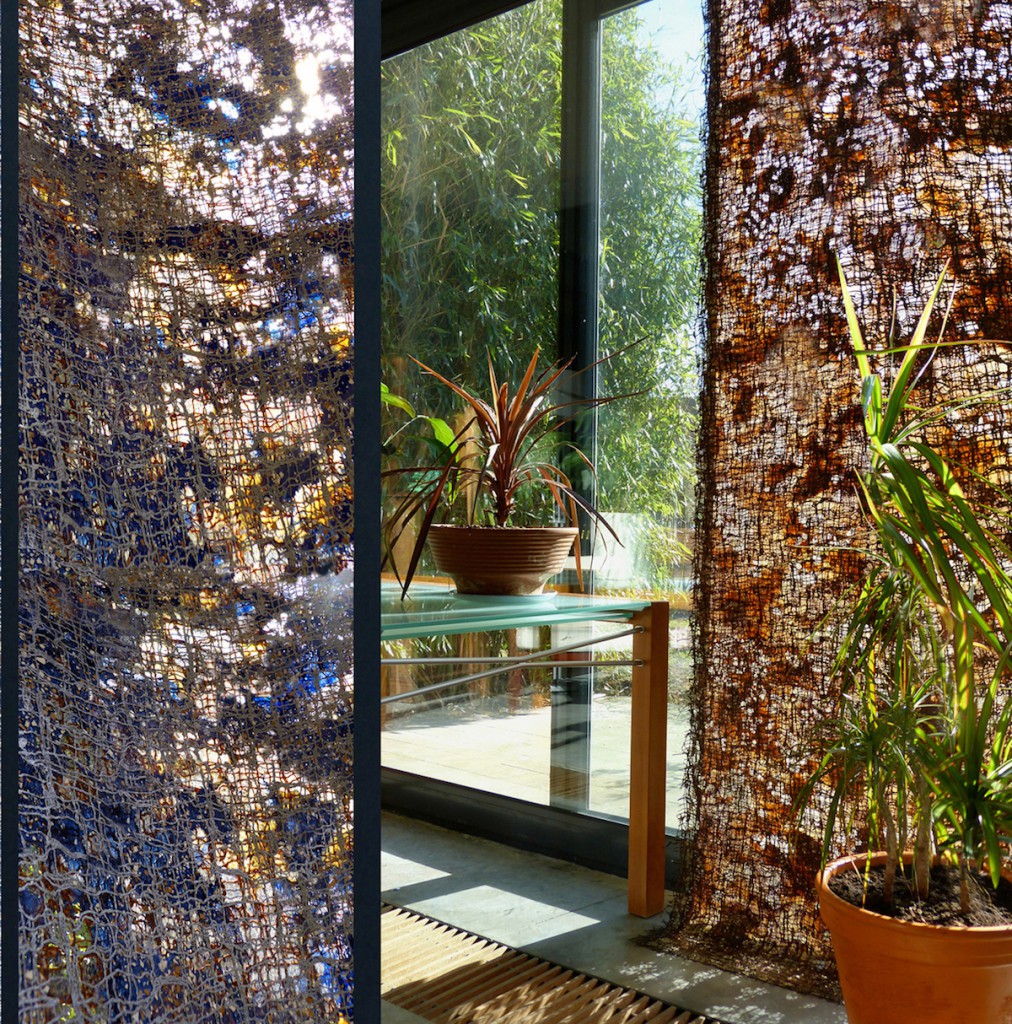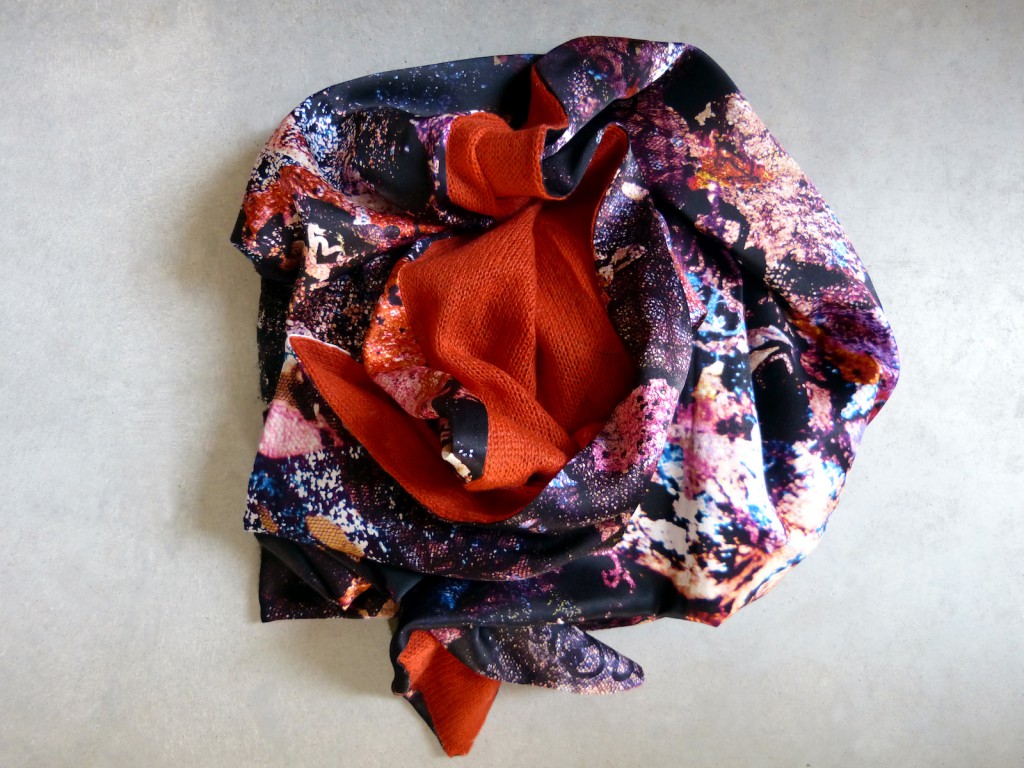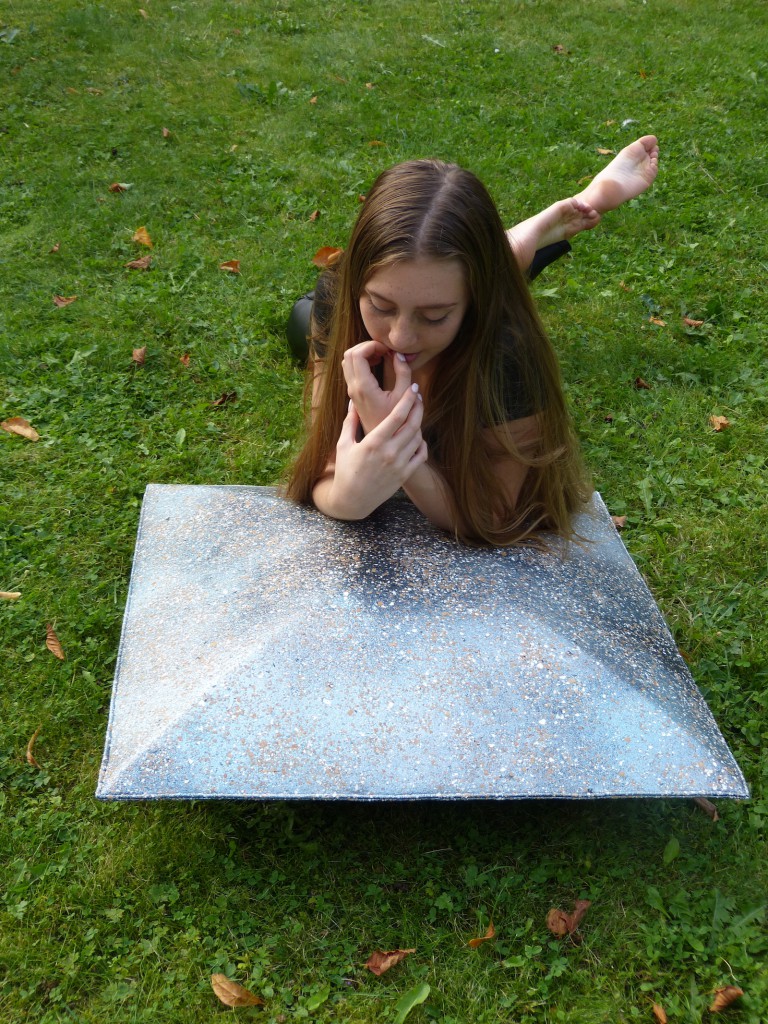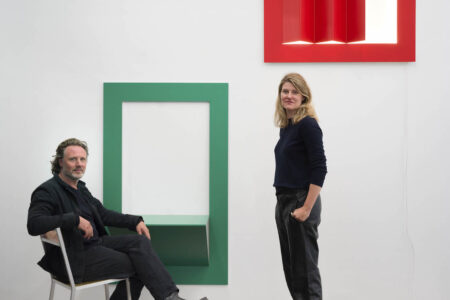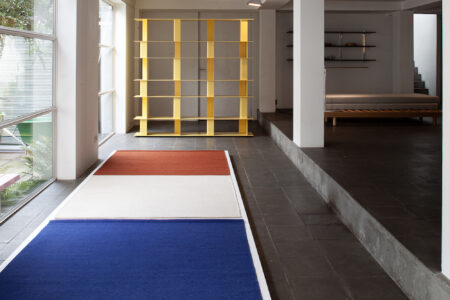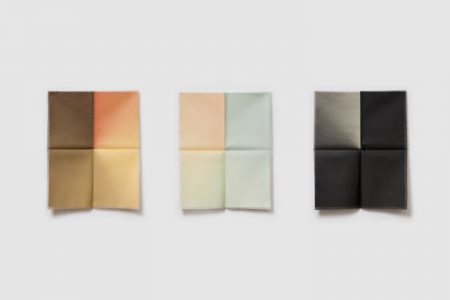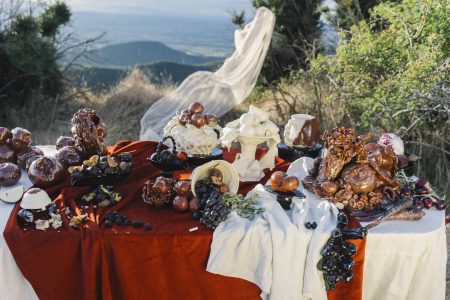A+Z Goes from the Shadows to the Light
Geneviève Levivier had been working in the shadows of the fashion industry for nearly a decade. Now’s the time for A+Z Design, her own studio, to step into the light.
A+Z Design has focused on technical innovation applied to textiles, artisanal work using noble materials and an eco-responsible approach to design. While it may yet be unknown to the general public, this Belgian studio, with its very specific identity, is about to open a new chapter in its history. We discussed this landmark moment with founder Geneviève Levivier.
TLmag: What has your career path been like?
Geneviève Levivier: To reassure my parents, who were somewhat opposed to my undertaking artistic studies, I first opted to follow an academic curriculum. Afterwards, I studied serigraphy at La Cambre, and I followed painting classes at an academy for 11 years. About 10 years ago, however, I chose to fulfil myself through design. From the start, I had a thirst to innovate as much in the artistic domain as the technological plane. The research and development aspect is at the centre of my approach.
TLmag: At first glance, your project might seem rather abstract. Yet it opened the doors of the greatest houses in the world to you.
GL: On the basis of my first project, a contemporary composite fabric based on a traditional Calais lace reinvented with the addition of polymers, I knocked on the doors of the greatest luxury brands. One of them –perhaps the best known of all— responded right away. Immediately thereafter, I signed a non-disclosure agreement with them. Our collaboration lasted eight years. Each season, I would propose to them new materials in line with the theme of their collections. Always in the shadows. That was part of the contract. I also collaborated in a more sporadic way, with brands like Dior, Balenciaga and Alaïa.
TLmag: You have distanced yourself from this sector. Why?
GL: Fashion is a very demanding industry. You work in the shadows, at top speed. No approximation is possible. As my products were very specific, and nothing that I created carried my signature, I risked, one day or another, to lose everything and be unable to rebound. I wanted to reposition myself before it was too late. Nine years after launching my business, I thus decided to rebase my business plan. When I envisaged changing my direction, I capitalised on the contemporary tapestries I presented in parallel to my primary activity at international exhibitions organised by, among others, WBDM.
TLmag: You have, however, kept a foot in the world of fashion. Can you tell us, frankly: between fashion and design, do you have a preference?
GL: In 2016, I launched a collection of scarves in wool and cashmere. In all, I created almost 40 patterns. These were abstract reinterpretations of my work in materials and textures. This product fits with my other projects because it involves a very precise technical research. To avoid fabric stretching, I found a way, in particular, to make the silk in two-metre lengths the same weight as the cashmere lining. And to ensure an optimal result, the two sides are sewn together by hand. It took me months to find someone capable of doing this work.
TLmag: Despite your obvious enthusiasm for this line of scarves, you have decided to make design your priority.
GL: I just took part in the Paris Maison&Objet show. This was an opportunity to present my products to the industry —to designers and interior designers, but also to galleries, art spaces and individuals. Currently, my opaque and translucent fabrics can be found in wall
coverings or column claddings, screens, and plenty of other applications. We manage our projects with a customised approach, most often in situ.
TLmag: When you speak about your work, we can sense that your creativity and desire to innovate are unlimited.
GL: In the studio, we place particular importance on the aesthetics of our products, but also on the quality of the textile. Especially as the creative and technical research processes are carried out internally. In this regard, I collaborate closely with Pierre-Yves Herzé, my husband, a chemical engineer who is, like me, passionate about this research into materials and colours. From the start of this adventure, I have used eco-friendly, guaranteed solvent-free polymers. Our materials are always very flexible and pleasant to the touch.
TLmag: Tell us about Eggshell, your new baby. It is also based on a long research and development process.
GL: The starting point for this line was Expo 2015, the universal exposition in Milan. I was selected within the context of a call for projects on the theme of recycling the “leftovers” from the agrofood industry. I devised a flexible, UV-resistant fabric, using recycled eggshells. To pique the curiosity of the visitors, I presented it in the form of a spectacular gown. This prototype attracted the attention of the French delegation, which borrowed it to display in its pavilion throughout the Expo. I was exceptionally honoured by this surprising choice. When I was awarded an innovation grant from the Walloon Region, I realised that Eggshell represented a unique opportunity to reposition myself outside of my fashion niche.
TLmag: You like to muddy the waters —for example, with the series of poufs you just presented at the Maison&Objet show.
GL: I enjoy playing with the concept of trompe-l’œil. I love it when something seems to be made of metal, but it is actually made of wool, or when a fabric is confused for a polymer. This magic, created using unknown and surprising materials, is a little bit my signature. A signature that, this time, I intend to make the most of.
